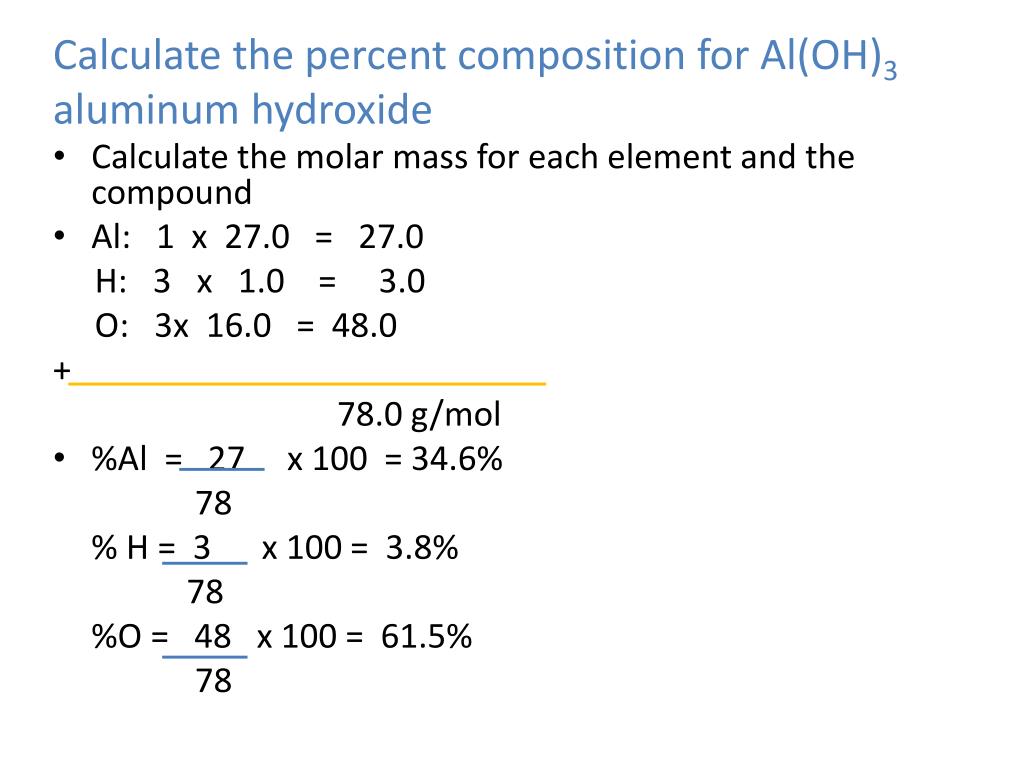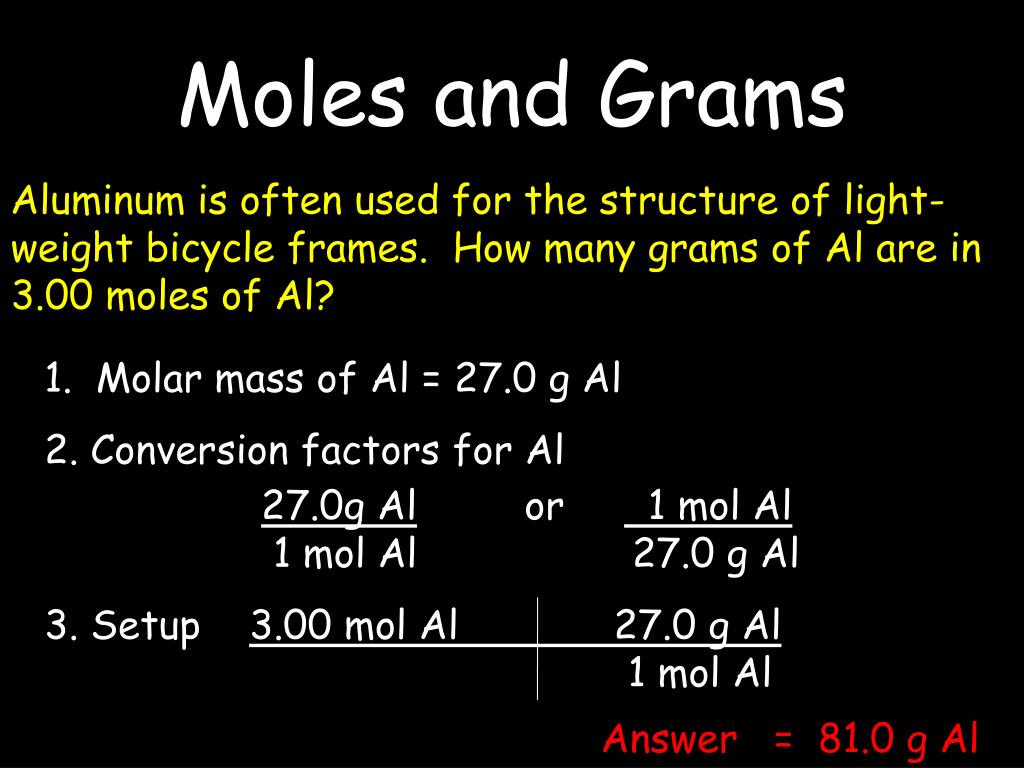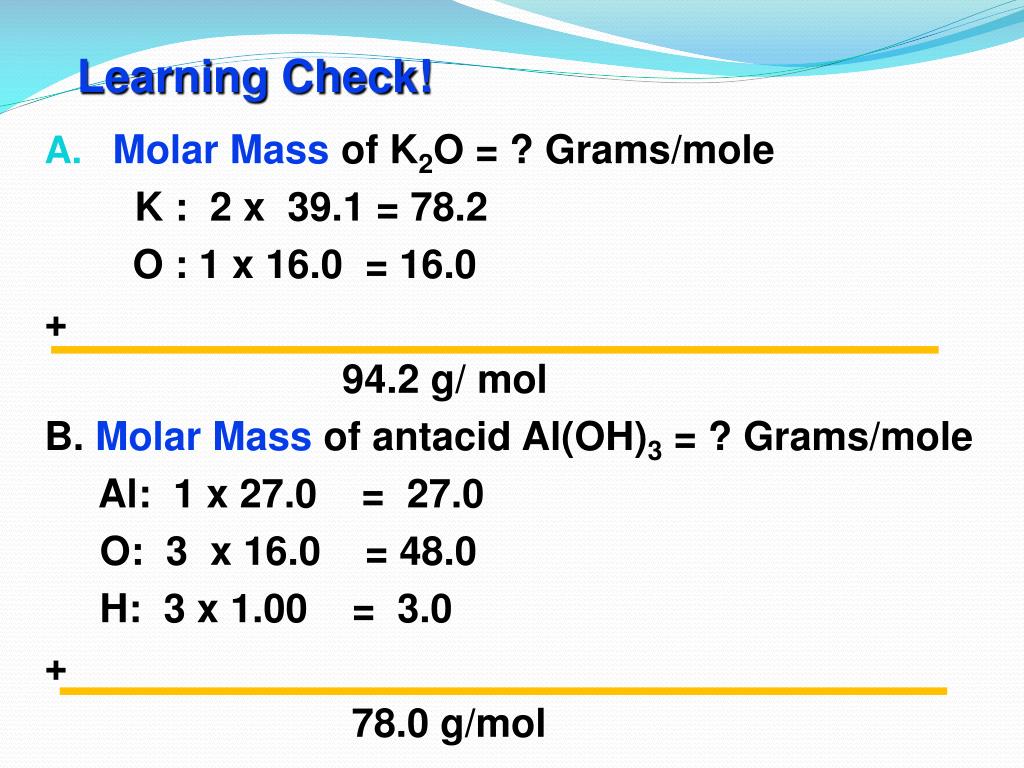

First of all, aluminum nitrate appears to be a very strong oxidizing agent.

This compound appears to be quite valuable and has various important uses. And when it comes to ethylene glycol, 18.32 g/100mL, solubility rate exists. Aluminum nitrate dissolves in ethanol at 8.63 g/100mL. In case of methanol, the soluble indicator is 14.45 g/100mL. As of water, it is soluble at 160 g/100 mL at 100 ☌. Aluminum nitrate is soluble in all of these substances. Solubility of aluminum nitrate in different substancesĪluminum nitrate was tried to be dissolved in such substances like water, methanol, ethanol, and ethylene glycol. Lead sulfate will precipitate from the solution, and only aluminum nitrate will be left in the solution.

Aluminum nitrate can be also made if you mix aluminum sulfate and lead nitrate. By doing so, you will also create a by-product, nitrosyl chloride, which oozes from the solution in the form of a gas. But aluminum nitrate can be made if you combine aluminum trichloride and nitric acid. In this case, aluminum will form a passivation layer.

You won’t easily form aluminum nitrate just by combining nitric acid and aluminum. The chemical formula of aluminum nitrate is Al(NO₃)₃. Aluminum nitrate has no odor, while its molecular weight appears to be 375.13. The solubility of aluminum nitrate is known with various liquids. Besides, as any other compound, aluminum nitrate has melting and boiling points which are 72.8☌ and 135☌ respectively. As for the density of the compound, it is 1.401 g/cm3. For example, aluminum nitrate has molar mass which is equal to 212.996 g/mol. There are many different physical properties of this compound. Aluminum nitrate is a solid compound according to the Standard Temperature and Pressure. As for the visual form of aluminum nitrate, it is usually crystalline solid or powder and has while color. In the normal conditions, aluminum nitrate exists as crystalline hydrate.
AL MOLAR MASS HOW TO
This site explains how to find molar mass.Aluminum nitrate is a compound that appears to be a salt of nitric acid and aluminum. The reason is that the molar mass of the substance affects the conversion. To complete this calculation, you have to know what substance you are trying to convert. Using the chemical formula of the compound and the periodic table of elements, we can add up the atomic weights and calculate molecular weight of the substance.Ī common request on this site is to convert grams to moles. The percentage by weight of any atom or group of atoms in a compound can be computed by dividing the total weight of the atom (or group of atoms) in the formula by the formula weight and multiplying by 100. If the formula used in calculating molar mass is the molecular formula, the formula weight computed is the molecular weight. For bulk stoichiometric calculations, we are usually determining molar mass, which may also be called standard atomic weight or average atomic mass. This is not the same as molecular mass, which is the mass of a single molecule of well-defined isotopes. This is how to calculate molar mass (average molecular weight), which is based on isotropically weighted averages. The atomic weights used on this site come from NIST, the National Institute of Standards and Technology. The formula weight is simply the weight in atomic mass units of all the atoms in a given formula. When calculating molecular weight of a chemical compound, it tells us how many grams are in one mole of that substance. These relative weights computed from the chemical equation are sometimes called equation weights.įinding molar mass starts with units of grams per mole (g/mol). In chemistry, the formula weight is a quantity computed by multiplying the atomic weight (in atomic mass units) of each element in a chemical formula by the number of atoms of that element present in the formula, then adding all of these products together.įormula weights are especially useful in determining the relative weights of reagents and products in a chemical reaction.


 0 kommentar(er)
0 kommentar(er)
